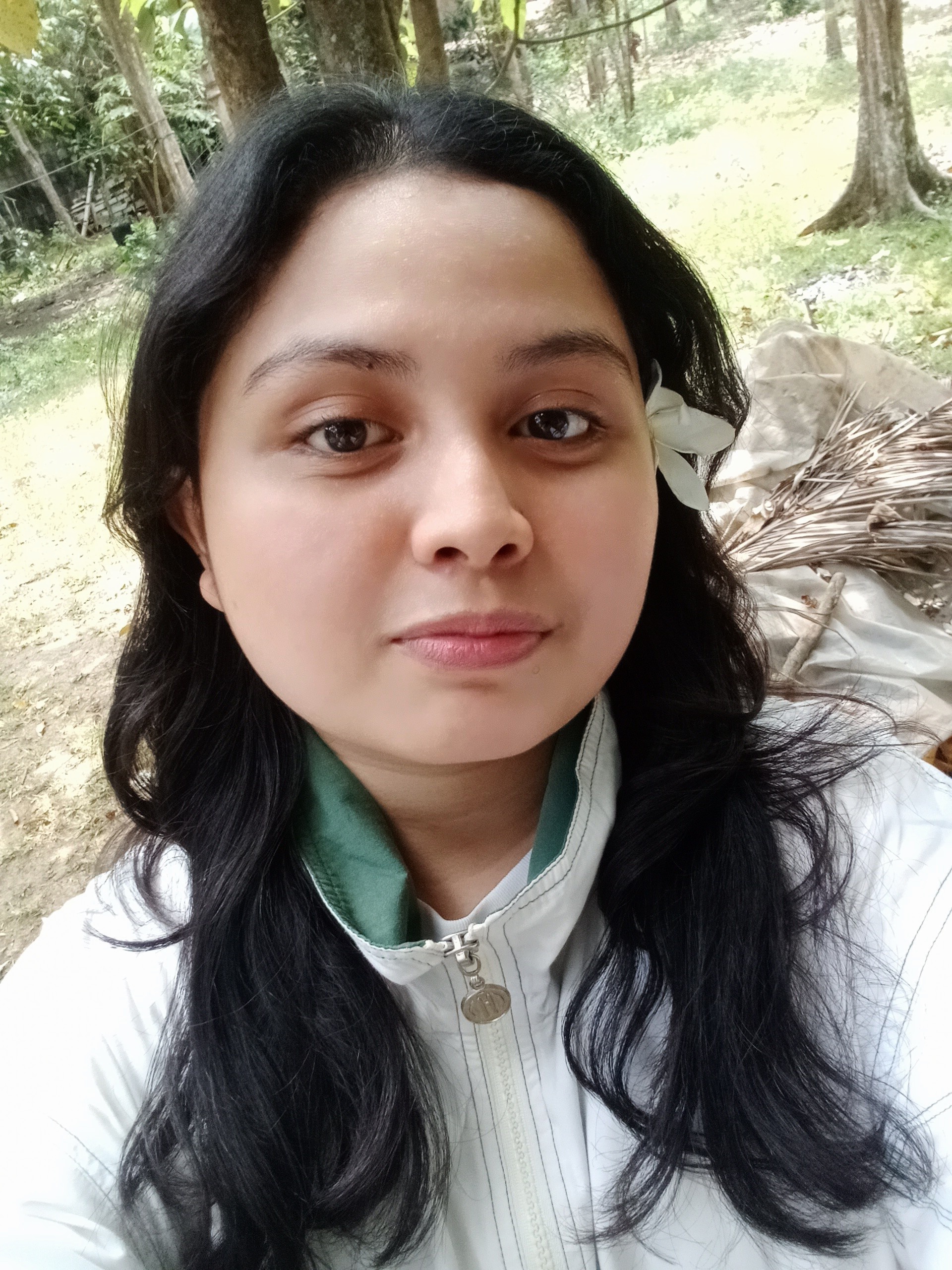Biology
Cards (118)
- Who coined the term "Biology"?
- What is the title of Gottfried Reinhold Treviranus' work?
- What is Karl Friedrich Burdach's work?
- What were the practical necessities during the Primitive Period?
- What was a significant characteristic of the Classical Period in biology?
- Who is known as the father of natural philosophy?
- What is the significance of Thales of Miletus in biology?
- What did Dr. Jo venito D. Soriano study?
- What was Dr. Emerita v. De Guzman's contribution to biology?
- What area of study did Dr. Magdalena C. Cantoria focus on?
- What is the focus of Dr. Filomena F. Campos' research?
- Who is known for their work in medical parasitology and public health?
- What did Dr. Eduardo A. Quisumbing specialize in?
- What is the significance of Dr. Francisco M. Fronda in biology?
- What did Wendell Meredith Stanley crystallize?
- What technique did Wendell Meredith Stanley use to describe the structure of viruses?
- Who is known for their work in genetics using sheep?
- What was the Human Genome Project?
- Who are the scientists associated with the CRISPR-Cas9?
- What is the significance of CRISPR Cas-9?
- What is Dr. Lourdes J. Cruz known for?
- What did Dr. Clare R. Baltazar contribute to entomology?
- Who is known for the concept of "jumping genes"?
- What did Francis Crick and James Watson discover in 1953?
- Who discovered the structure of DNA using X-ray diffraction?
- What is the significance of Alexander Fleming in microbiology?
- What does the term "serendipity" refer to in Fleming's discovery?
- What did Robert Brown discover?
- Who was the first to discover the smallpox vaccine?
- What does the term "vacca" mean in relation to vaccines?
- Who is known as the father of bacteriology?
- What is the Germ Theory of Disease proposed by Robert Koch?
- Who formulated the concept of natural selection?
- What is the title of Charles Darwin's famous work?
- Who is known as the father of genetics?
- What did Mendel study to discover the laws of inheritance?
- Who is known for the process of pasteurization?
- What is pasteurization?
- Who was the first to perform public dissection on a human corpse?
- What was the significance of Andreas Vesalius' work?
